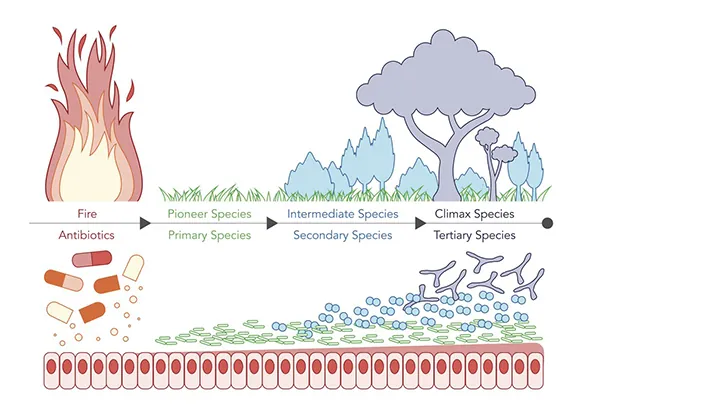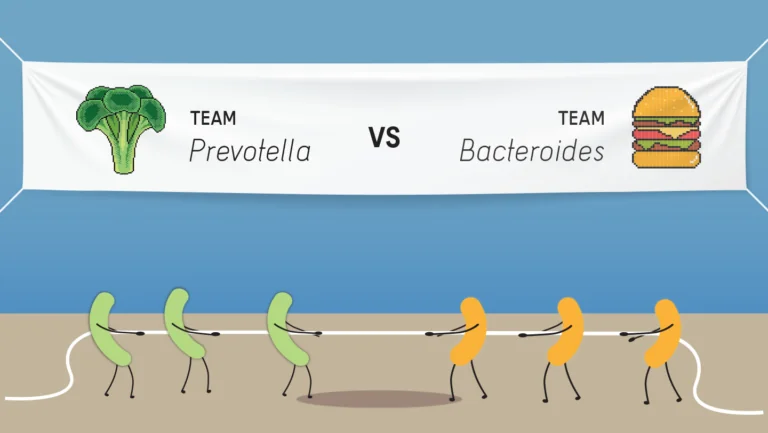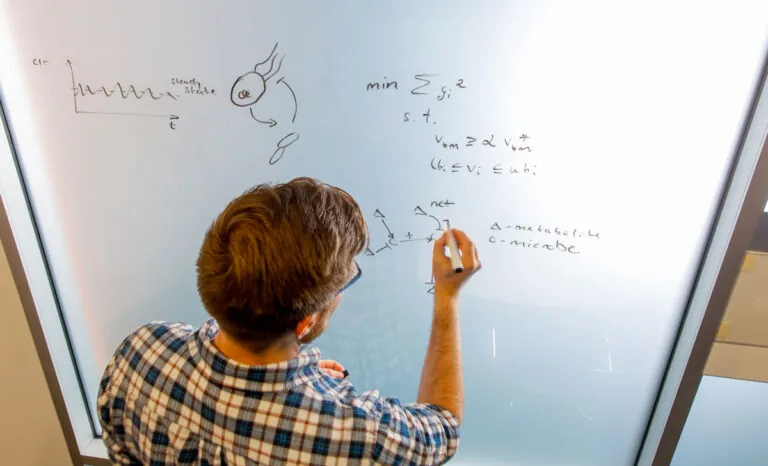
James Johnson Joins the Lab
James Johnson joins the lab as a bioengineering PhD student at the University of Washington (UW). James earned his BS in Chemical Engineering from Texas A&M University.
Filter
Sort

James Johnson joins the lab as a bioengineering PhD student at the University of Washington (UW). James earned his BS in Chemical Engineering from Texas A&M University.

Nick Bohmann joins the lab as a Ph.D. student from the Molecular Engineering and Sciences program at UW. Nick graduated from Virginia Tech in 2019 with B.S. in Biological Systems Engineering.

How can we harness successional ecology to quickly repair antibiotic-damaged gut microbiota? ISB Assistant Professor Dr. Sean Gibbons wrote this commentary for the journal Nature Microbiology detailing recent research that answers that question. Click the link to read the story (link will open as a new window). Illustration by Allison Kudla, PhD / ISB.

ISB’s Dr. Sean Gibbons recently participated in a virtual event titled “Reshaping STEM Education Toward Equitable Futures for Washington Students.” The event was hosted by Washington State LASER and Washington STEM.

There is a dichotomy between Bacteroides- and Prevotella-dominated guts — two common gut bacterial genera — and there is a significant barrier when it comes to transitioning from one to the other.

A promising new open-source metabolic modeling tool provides microbiome researchers a path forward in predicting ecosystem function from community structure. News of the software package, called MICOM, was developed in part by researchers in ISB’s Gibbons Lab, and its uses were published in the journal mSystems.